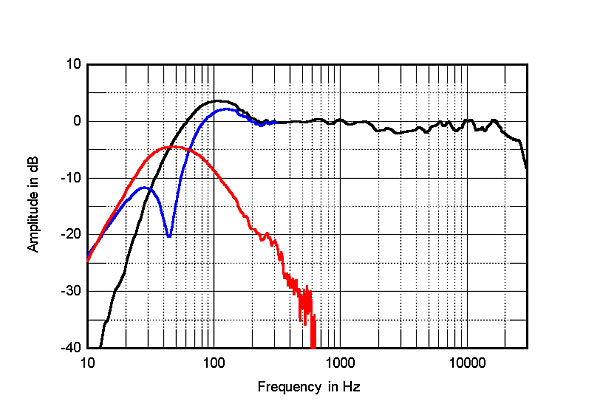Quote:
Originally Posted by Petronius

PHC1, Here's my response to your last 3 posts ;
I can't speak of what "most" studios are monitoring on but I'd bet that they are mid-field speakers (for classical anyway) rather than bridge monitors. And that they are set out in front of the recording desk because of spacial relationships are very important to orchestral music.
I do listen to real monitor speakers. At realistic sound levels. I don't listen to Headphones. I don't like them.
My hearing is not linear, and I have tinnitus. Sitting in front the timpani for 40 years will do that to you. And even though my hearing is not linear I can hear when a speaker is not performing in a linear fashion. A I'd bet you can too. I see for your main system you are using Harbeth 30.2's. Those are a very neutral speaker, with a well earned reputation. After the amount of time you've spent listening to them, I'd bet you can readily hear a speaker behaving in a non-linear way also.
regarding "audiophile" recordings. I've heard some that take me to musical nirvana, and some that just sound like hell.
|
The Harbeth 30.2 in my case is rather flattish in the typical BBC fashion but there is not a often seen hump/boost in the bass, there is a slight dip through the presence region and a steep drop of top end to keep away from tweeter non-linearity zone and eliminate any and all tweeter harshness.
In the time domain, the tweeter is connected in inverted acoustic polarity, its woofer in positive polarity, common with some other BBC-heritage designs. The tweeter's output has decayed before the output of the woofer arrives. This design is neither time-coherent nor time-coincident, but its design is optimized for its frequency-domain performance, or pleasant to the ear...
The Harbeth's cumulative spectral-decay or waterfall plot is clean overall although the cabinets are not designed to be completely non-resonant. This is where over 30 years of experience comes in.
Tuning of the cabinet for sympathetic resonance.
Some earlier Franco Serblin designs of Sonus Faber had a very noticeable sympathetic resonance of the cabinet to particular frequencies and instruments were enhanced. Listen to a violin or a cello on an earlier Sonus Faber speaker. It was more beautiful/romantic/sweeter than in life in many cases. The cabinet resonances almost added to the complex harmonic structure of music. That's art, not flat linearity...
Getting back to Harbeth...
Combined, those parameters are TUNED for musicality.
It is a very pleasant, non-fatiguing speaker that does sound as if the midrange is very accurate but never lean and never overly chesty. Is it a perfect studio speaker? It was never designed to mix music on.
The early BBC speakers were designed for accurate broadcasting of a human voice. It does that very well to this day. The midrange is what our ears are most tuned and accustomed to, it is a survival instinct. We can cannot hear bass or high frequencies very well, not like other animals from the same genetic tree of life.

